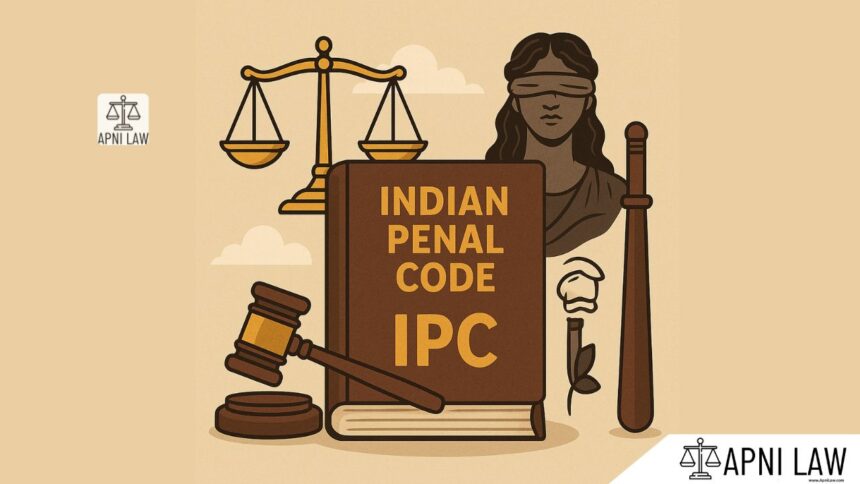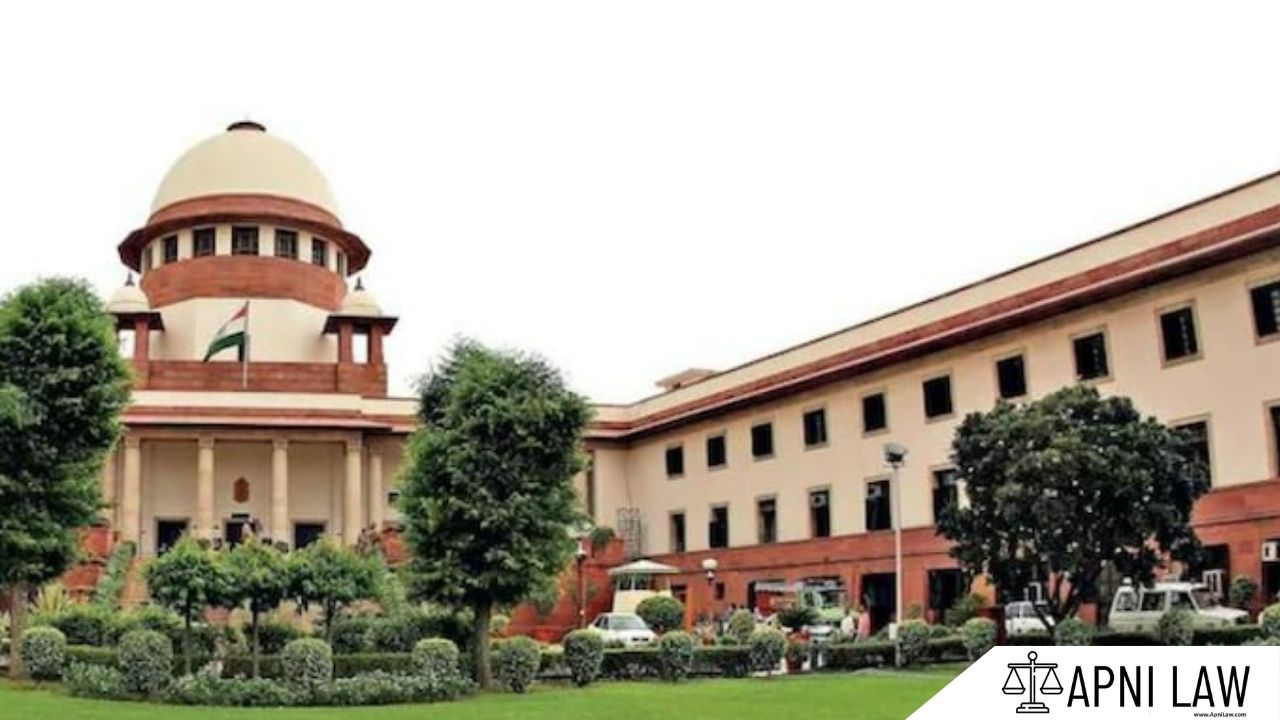Code:
Whoever, being a public servant intending to facilitate or knowing it to be likely that he will thereby facilitate the commission of an offence which it is his duty as such public servant to prevent,
1[voluntarily conceals, by any act or illegal omission or by the use of encryption or any other information hiding tool, the existence of a design] to commit such offence, or makes any representation which he knows to be false respecting such design,
if offence be committed.– shall, if the offence be committed, be punished with imprisonment of any description provided for the offence, for a term which may extend to one-half of the longest term of such imprisonment, or with such fine as is provided for that offence, or with both;
if offence be punishable with death, etc.or, if the offence be punishable with death or 2[imprisonment for life], with imprisonment of either description for a term which may extend to ten years;
if offence be not committed.–or, if the offence be not committed, shall be punished with imprisonment of any description provided for the offence for a term which may extend to one-fourth part of the longest term of such imprisonment or with such fine as is provided for the offence, or with both.
Illustration
A, an officer of police, being legally bound to give information of all designs to commit robbery which may come to his knowledge, and knowing that B designs to commit robbery, omits to give such information, with intent to facilitate the commission of that offence. Here A has by an illegal omission concealed the existence of B’s design, and is liable to punishment according to the provision of this section.
Explanation:
This section of the IPC deals with the act of a public servant knowingly concealing a design to commit certain offenses. The offenses included are:
- Offence against the State
- Offence against the public tranquility
- Waging war against the Government of India
The essence of the offense lies in the public servant’s deliberate act of hiding such a design, even though they are aware of its existence.
Illustration:
A police officer, aware of a group’s plan to disrupt public peace by organizing a riot, chooses to ignore this information and doesn’t take any action to prevent the riot. This deliberate concealment of the design makes the police officer liable under Section 119.
Common Questions and Answers:
Q: What are the essential elements of this offense?
A:
- The accused must be a public servant.
- There must be a design to commit an offense (as mentioned in the section).
- The public servant must be aware of this design.
- The public servant must intentionally conceal the design.
Q: What is the punishment for this offense?
A: Imprisonment of up to two years, fine, or both.
Q: What are some examples of “offenses against the State” or “public tranquility”?
A:
- Sedition
- Rioting
- Terrorism
- Treason







